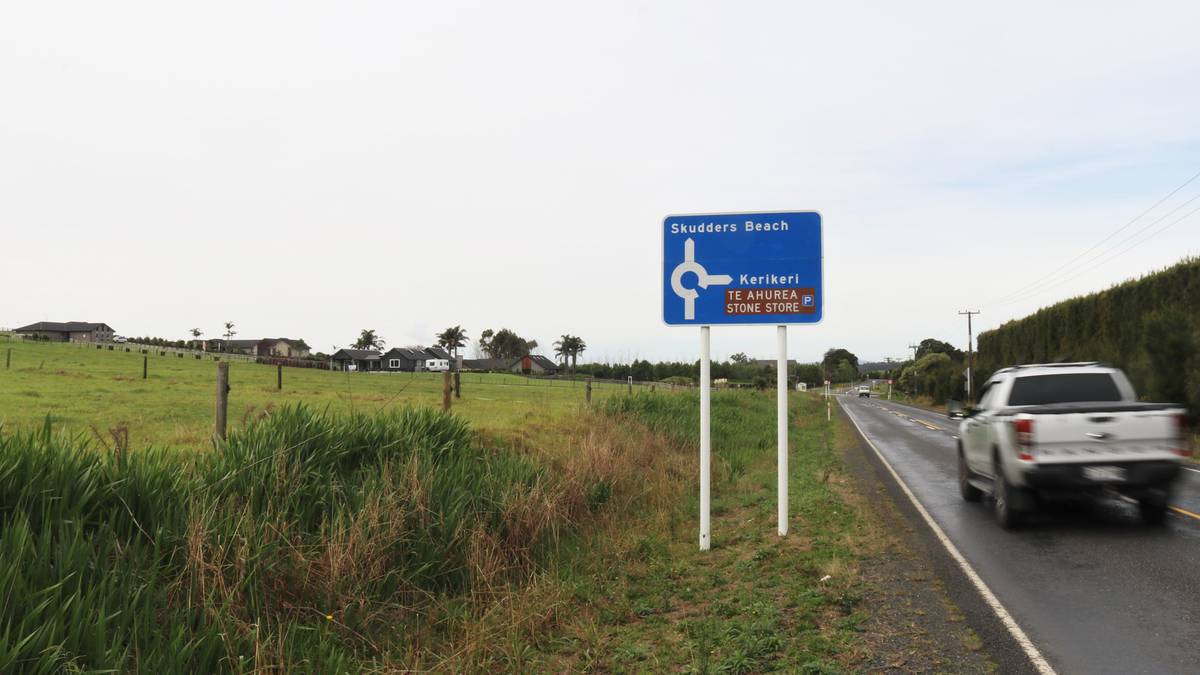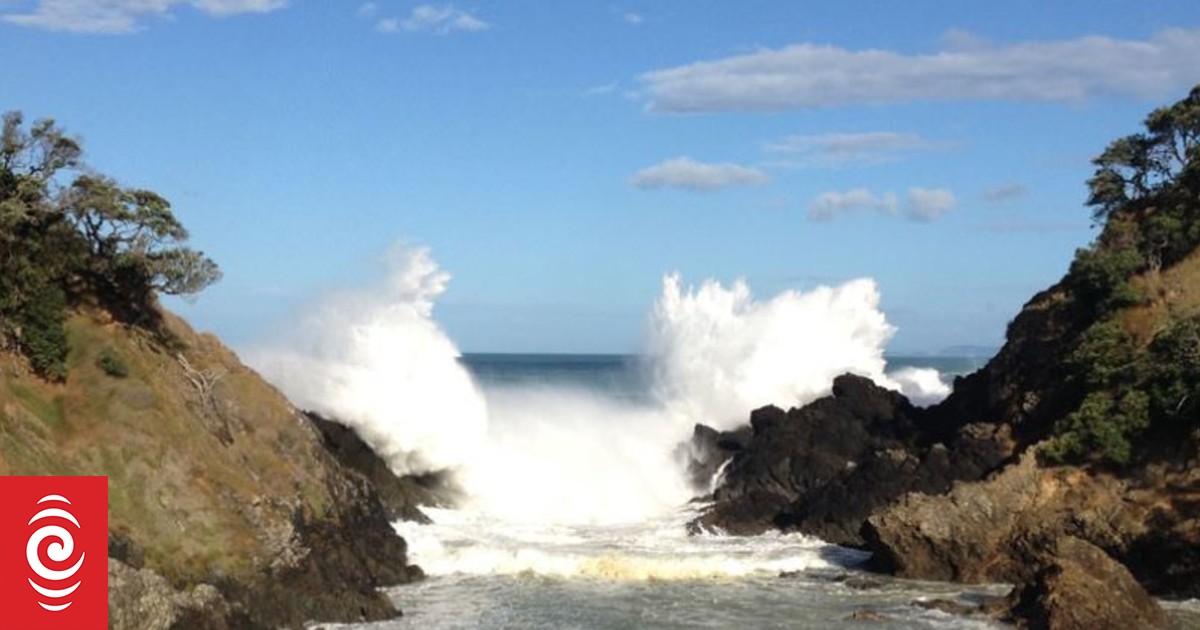Neil Construction is proposing a 133-lot subdivision on farmland between Kapiro Rd (pictured) and Rangitane River. Photo / Peter de Graaf
Plans by a company registered in a Caribbean tax haven for a 133-lot subdivision on the outskirts of Kerikeri have been described as “wrong development, wrong location” by a local lobby group.
Neil Construction has already developed part of the property known as Tubbs Farm, at the eastern end of Kapiro Rd, and is applying for resource consent to develop the remaining 68ha.
Public hearings were held at the Turner Centre in Kerikeri last week with independent commissioners expected to release their decision later this month.
If the plan is approved, the new sections at Rangitane River Park will range in size from 3000sq m to 5ha on riverside land.
The subdivision would be bordered by Kapiro Rd to the south, Rangitane River to the north, and the existing 55-lot development to the east.
/cloudfront-ap-southeast-2.images.arcpublishing.com/nzme/6AZ6PZRXHOPHWONYK4GRUTDCS4.jpg)
The resource consent application states the “large-lot residential subdivision … will make a significant contribution to the expanding Kerikeri housing market”.
“Development that has already occurred within stage 1 has established large, quality homes that are positively contributing to local rural-residential amenity that defines the local area,” the applicant said.
According to the Companies Office, Neil Construction is owned by the Callander Group, which is registered in the British Virgin Islands.
The British overseas territory has a population of 35,000 people but is the registered address of an estimated 950,000 companies.
/cloudfront-ap-southeast-2.images.arcpublishing.com/nzme/NITPXTXDNG2UEUM7C3EMSYCCUA.jpg)
Homes have been in huge demand in the Bay of Islands town but town planning group Vision Kerikeri, originally formed to fight an eight-storey office building in the town centre, is “firmly opposed” to the development.
In submissions to last week’s hearing, the group said the subdivision would eliminate one of the last large blocks of “class 2” high-quality agricultural land in the district.
Such land was a finite resource needed for food production and local economic development, spokeswoman Melanie Miller said.
The subdivision would create a new area of urban sprawl in a rural environment, and increase traffic on Landing Rd — which already had one of the busiest one-lane bridges in the district — by an estimated 30 per cent.
The group was also concerned stormwater and wastewater runoff could carry pollutants to Rangitane River and Waipapa Stream, and from there into the Bay of Islands.
Miller said Kerikeri had alternative sites on lower quality land more suitable for housing.
“Everybody agrees we need more housing but this location is simply not suitable. It will create urban sprawl in a rural area without relevant infrastructure, it will eliminate high-quality agricultural land we need for the future, it’s a wildlife area, and the traffic impact on local communities will be horrible. It’s the wrong development at the wrong location,” Miller said.
/cloudfront-ap-southeast-2.images.arcpublishing.com/nzme/IJ2U655HOMK3AYMKPL3FFCFZHY.jpg)
Vision Kerikeri chairwoman Jo Lumkong said the town needed high-density, affordable housing close to the centre.
Subdivision residents would have no access to infrastructure such as cycleways, playgrounds or reserves, and would have to drive to town for everything they needed, she said.
According to the resource consent application, the development would involve 150,000cu m of earthworks plus remediation of contaminated land used by Kerikeri Pistol Club.
The homes would rely on rainwater tanks and on-site wastewater systems.
There is no public sewerage scheme in the area and pressure in the Landing Rd water main is too low to allow the subdivision to connect to the town supply.
Developers’ covenants would specify the design and size of homes along with rules on exterior cladding and colours, roofing materials and fence heights.
It was anticipated future stages would continue the same style of housing that was emerging in the existing stages 1 and 2, the developer said.
/cloudfront-ap-southeast-2.images.arcpublishing.com/nzme/EVFALNVC6D2QZZNQXSC7YQM2Y4.jpg)
The land, a former dairy farm, was sold in 2008 with the subdivision publicly notified last year.
The developer has until July 11 to respond to issues raised during the hearing.
The commissioners intend to release their decision before July 27, when the Far North District Council is due to notify its Proposed District Plan.
Vision Kerikeri’s submission was made jointly with community groups Friends of Rangitane Stream, Kapiro Residents Association and Kapiro Conservation Trust.



